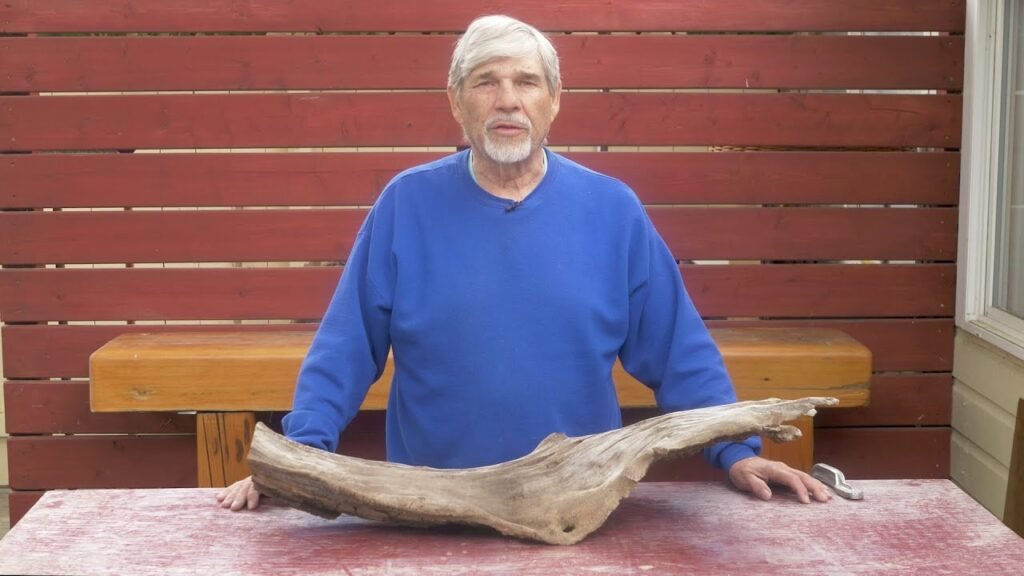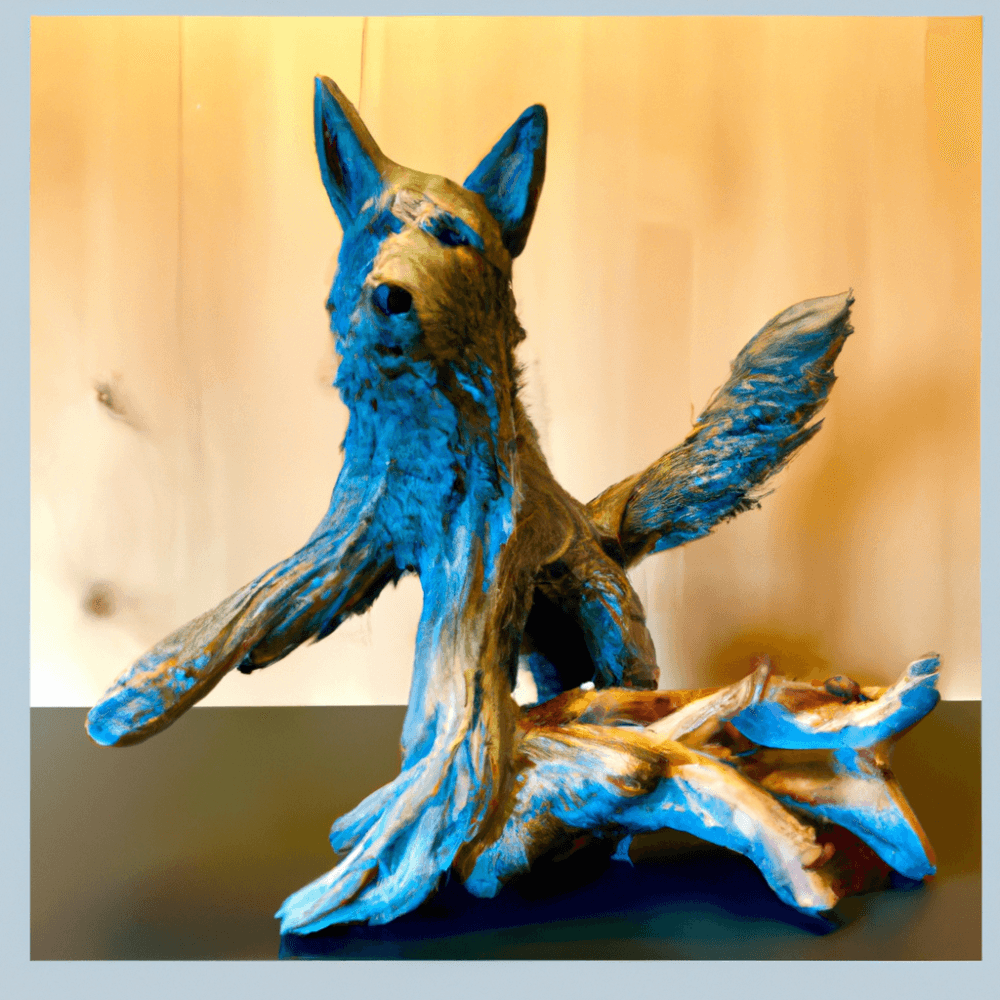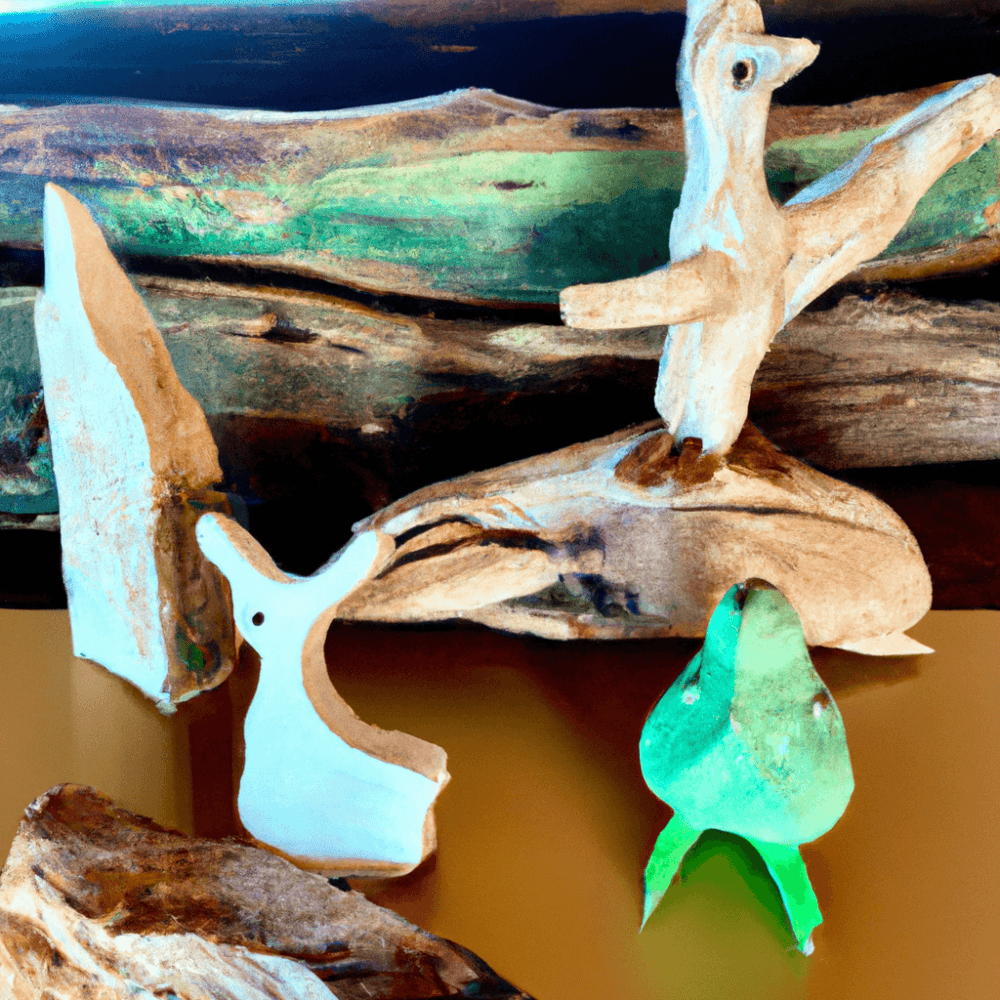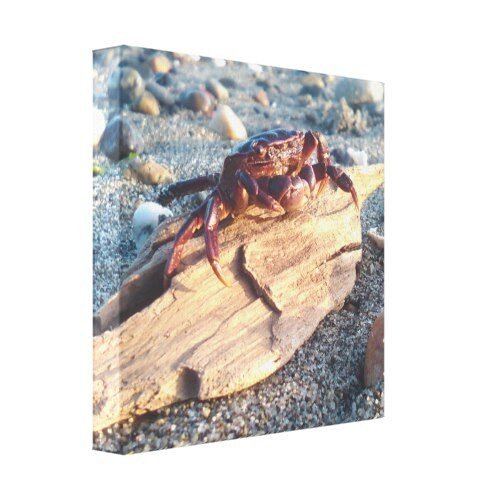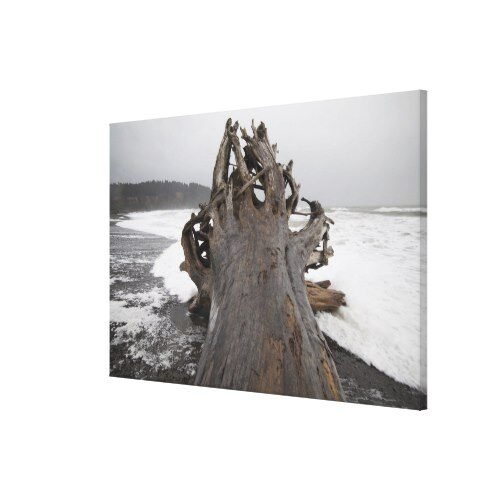In this informative article, you will learn how to create a stunning 3D epoxy filled object using various materials such as driftwood, rocks, slabs, and branches. The step-by-step process involves using tools like sanding disks, quick coat, thickening powder, tint, orbital sander, burn in stick, and sandpaper. The article highlights the importance of flattening the bottom of the project, filling cracks and crevices with tinted quick coat, sanding off excess epoxy, and applying multiple seal coats for a polished finish. The project described in the article focuses on transforming a piece of driftwood into functional art, showcasing the enjoyable and rewarding process of working with epoxy.
Filling in Pin Holes with Burn in Stick in a 3D Epoxy Project
Introduction to the 3D Epoxy Project
The process described in this article involves creating a 3D epoxy filled object using various materials such as driftwood, rocks, slabs, branches, and more. The project aims to turn these objects into functional art by filling them with epoxy and transforming their appearance. The use of a specific set of tools is required to successfully complete the project.
Tools Required for the Project
To effectively carry out the 3D epoxy project, you will need the following tools:
- 50 Grit Metal Fiber Sanding Disk: This tool is essential for the initial flattening of the bottom of your project to provide stability.
- SCC Quick Coat: Quick Coat is the epoxy product that will be used throughout the project for sealing and coating.
- Thickening Powder: The thickening powder is used to add thickness to the quick coat when filling cracks and crevices.
- Tint – SCC Ocean Blue Metallic Powder: The tint is used to add color and create an accentuated effect in the cracks and crevices of the project.
- Orbital Sander: The orbital sander will be used to smooth the project surface during the sanding process.
- Burn in Stick: The burn in stick is used to fill in any pin holes or imperfections in the project.
- Sandpaper: Various grits of sandpaper will be needed to sand the project to achieve a smooth surface.
- Gloves: It is important to wear gloves throughout the project to protect your hands from epoxy and other materials.

This image is property of i.ytimg.com.
Step 1: Flattening the Bottom of the Project
To ensure stability, the first step is to flatten the bottom of the project. This can be done using either sandpaper or a sanding disk. By flattening the bottom, the project will be able to sit evenly and securely on any surface.
Step 2: Smoothing and Rounding Out Sharp Areas
In this step, any branches or unwanted protrusions in the project should be removed. The goal is to create a smooth and rounded surface, free from any sharp areas that could cause injury or interfere with the epoxy application.
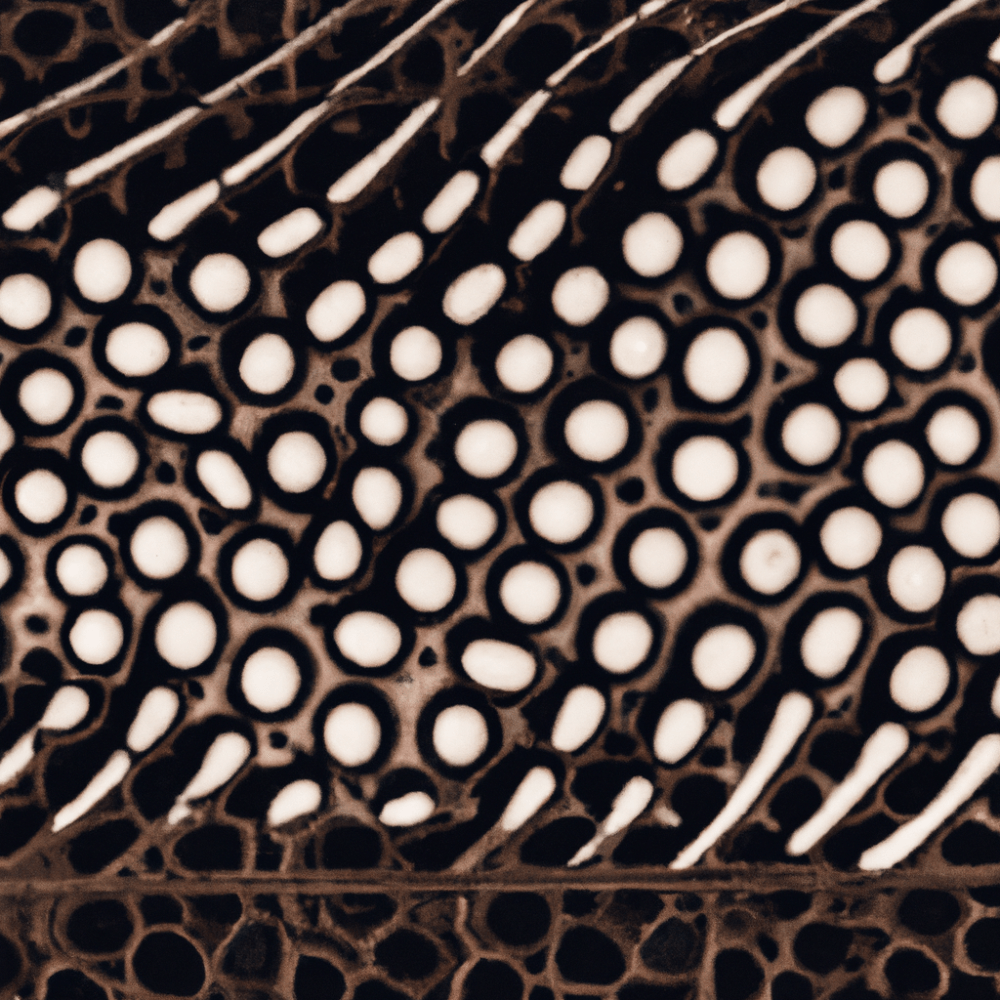
Step 3: Mixing and Applying Tinted Quick Coat
To add color and accentuate the cracks and crevices in the project, a tinted quick coat is mixed and applied. The quick coat is prepared by combining SCC Quick Coat with thickening powder and tint – SCC Ocean Blue Metallic Powder. The thickening powder helps prevent the epoxy from oozing out of the project, while the tint adds the desired color effect. The tinted quick coat is then applied to the cracks and crevices using your hands, ensuring full coverage.
Step 4: Sanding off Excess Quick Coat
After the tinted quick coat has dried for approximately three hours, excess epoxy needs to be removed. This can be done using a metal sanding disk, specifically a 50 grit one. The aim is to remove the excess epoxy while retaining it in the cracks and crevices to create a textured effect. Once the excess is sanded off, a random orbital sander can be used to further smooth the surface.
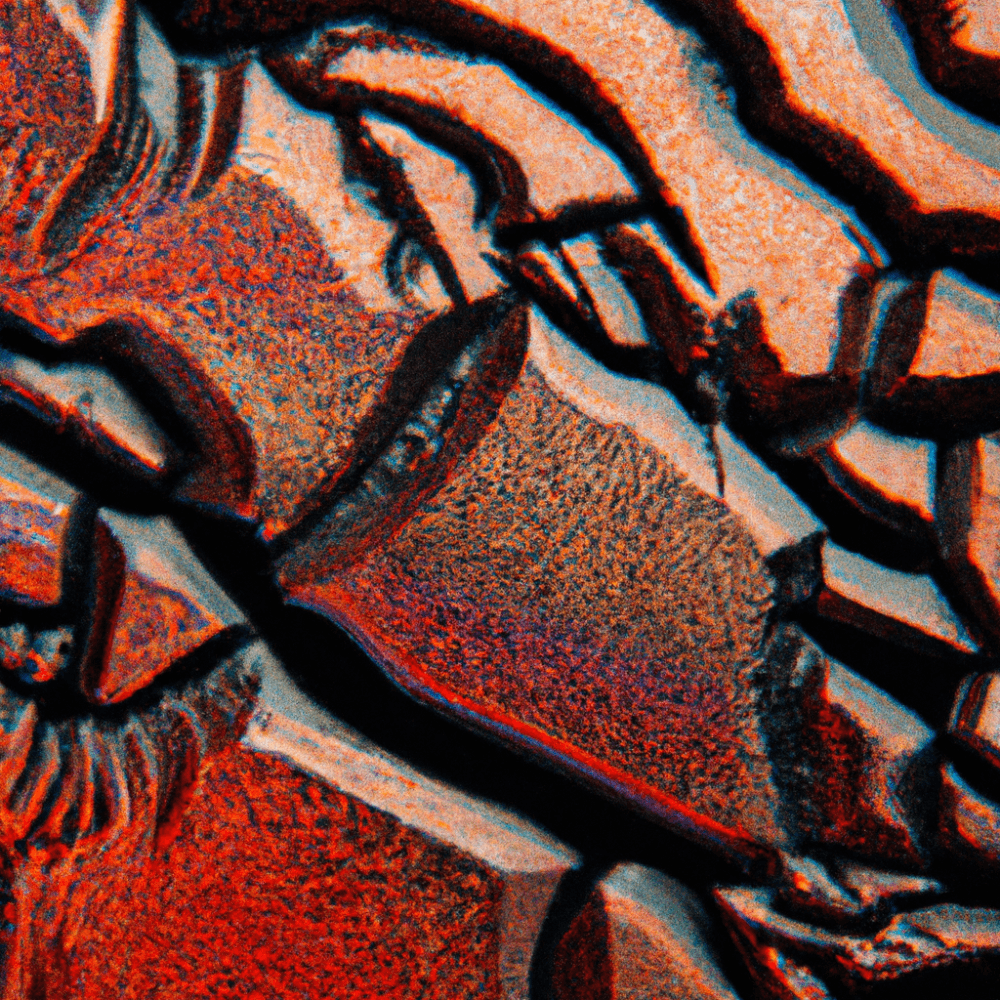
Step 5: Sanding the Entire Project Smooth
To achieve a completely smooth surface, the entire project needs to be sanded. This can be done using various grits of sandpaper, starting with a lower grit (e.g., 60) and gradually working your way up to a higher grit (e.g., 220). The sanding process is crucial in achieving the desired smoothness and preparing the project for the next steps.
Step 6: Applying Seal Coats Using Quick Coat
In this step, seal coats are applied to the entire project using SCC Quick Coat. The quick coat should be mixed without any thickening powder or metallic colors. The seal coats are applied by rubbing the epoxy all over the project using gloved hands. Multiple seal coats are recommended to achieve a glossy finish.
Step 7: Torching to Remove Air Bubbles
After each seal coat is applied, it is important to torch the project to remove any air bubbles that may have formed during the epoxy application. This can be done by lightly passing a torch flame over the surface of the epoxy. The heat helps the bubbles rise and pop, resulting in a smoother finish.
Step 8: Filling in Pin Holes with Burn in Stick
At this stage, any pin holes or imperfections in the project need to be filled. This is where the burn in stick comes into play. The burn in stick should be heated with a torch and then used to fill in the pin holes. Once the epoxy has cooled, excess can be scraped off using a razor blade. The project should then be sanded with 220 grit sandpaper to smooth any rough patches.
Step 9: Repeating the Process for 3 Seal Coats
To achieve the desired finish, the sealing process needs to be repeated for a total of three seal coats. Each seal coat should be applied, torched to remove air bubbles, and any pin holes filled with the burn in stick following the same process described in previous steps. The project should be sanded with 220 grit sandpaper between each coat to ensure a smooth surface.
Conclusion
Through the processes outlined in this article, it is possible to transform ordinary objects such as driftwood into beautifully transformed pieces of functional art. The use of epoxy, along with the appropriate tools and techniques, allows for the creation of unique and visually stunning projects. The project described here serves as an example of the possibilities that can be achieved with the 3D epoxy technique, and it can be a simple and enjoyable process for anyone interested in trying their hand at creating their own 3D epoxy project.






